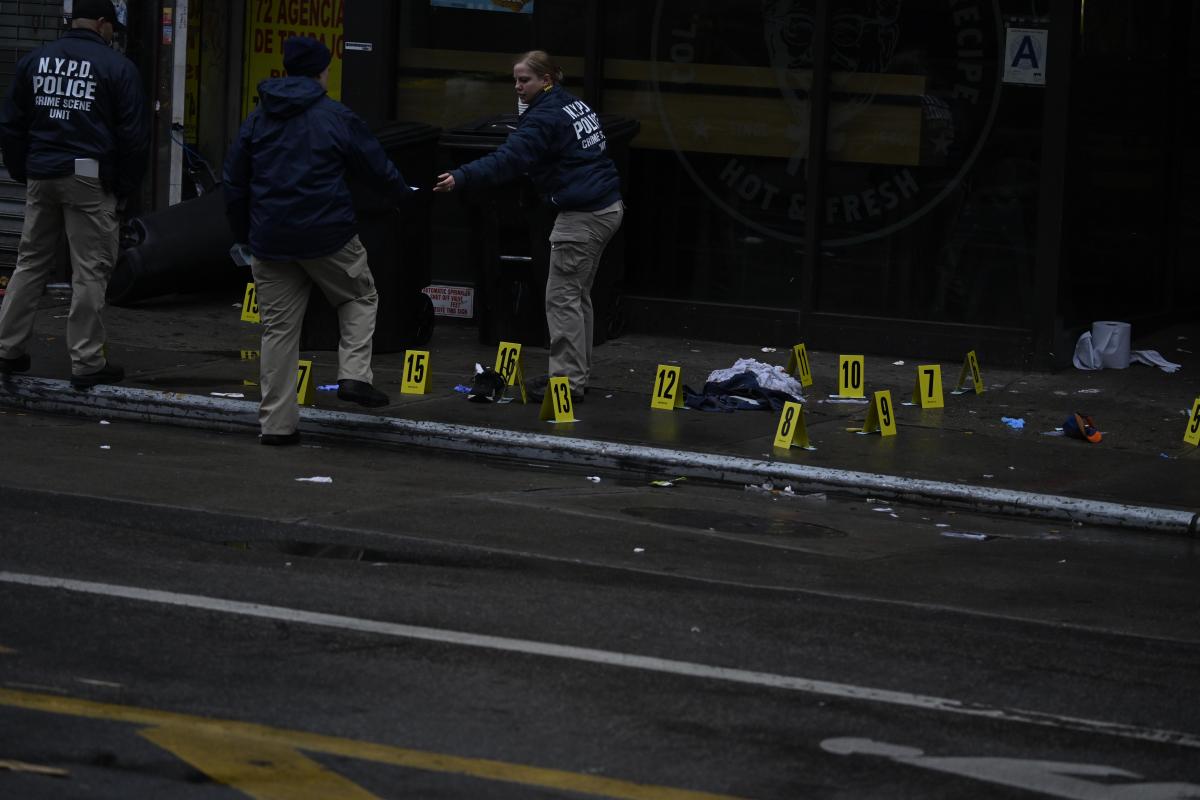By Philip Newman
Transit officials plan to start shutting down 45 of the 62 subway token booths slated for closing systemwide in a couple of weeks, but a New York Transit Authority official said he did not believe Queens would lose many in the first round of cuts.
Published reports said the Metropolitan Transportation Authority had sent a communication to the Transport Workers Union saying the target date for the start of booth closings was Aug. 17.
“I have not seen the memo. Therefore, I can’t comment on its contents,” said Paul Fleuranges, chief spokesman for the Transit Authority.
Fleuranges said it was his feeling that Queens would certainly not lose all 12 booths the MTA wants shut down in the borough at one time. The MTA plans to close 45 booths starting Aug. 17 and the remaining 17 by the end of 2003.
The booths are to be replaced by MetroCard machines and by what are termed HEET gates, or High Entry Electronic Turnstiles.
The last roadblock keeping the MTA from carrying out the token booth closings came last week when Gov. George Pataki vetoed a bill passed by the New York State Legislature that would have put the closings on hold for three years while a committee studied how much they contribute to safety in subway stations.
“Prime responsibility for security in the New York city subway system and its passenger stations rests with the New York Police Department,” said Pataki.
But transit advocates have long insisted that the booths and the clerks who sell tickets from them are essential to deterring crime and helping people in distress.
The transit advocacy agency Straphangers Campaign said the governor failed the city’s transit riders.
“Station agents are the eyes and ears of the system,” said Neysa Pranger, campaign coordinator for the Straphangers. “A machine cannot take the place of a human being in the subway.”
The MTA has said the closings would save $6 million over three years and will result in no loss of jobs, although the clerk positions involved will not be filled.
At the MTA’s monthlong series of public hearings prior to voting to raise subway and bus fares from $1.50 to $2 last winter, the prospect of shutting token booths brought nearly as vociferous protests in Queens as that of higher fares.
“Are the citizens of Queens who use the subway tunnels beneath Queens Boulevard to cross one of the nation’s most dangerous highways now to be faced with the choice of getting run down by speeding cars and being jumped by predators in empty subway stations,” asked Queens Borough President Helen Marshall at a hearing Feb. 19 in Borough Hall.
Critics of transit officials have said the result of the closings will mean paying more in fares for less in service.
Flueranges disagreed.
“The fact is that at these locations, the entrance to the system will now be open 24 hours a day seven days a week providing customers more access to the system than they currently have,” Flueranges said.
“New York City Transit would not do anything that jeopardizes the safety of our customers. We do not believe this plan does that. We have reviewed this plan with the NYPD not once, not twice but several times. If the department had advised us against this plan, we would not be moving forward. We have also reviewed this plan with the FDNY.”
The Queens subway stations to be closed:
33rd St. (No. 7) , 46th St. (No. 7), 63rd Dr. (V, R), 67th Ave. (V, R), 80th St. (A), 111th St. (A), Parsons Blvd. (F), Rockaway Blvd. (A), Sutphin Blvd. (F), Vernon Blvd.-Jackson Ave. (No. 7), Woodhaven Blvd. (J), and Woodhaven Blvd. (V, R).
Reach contributing writer Philip Newman by e-mail at Timesledger@aol.com or call 229-0300, Ext. 136.





























